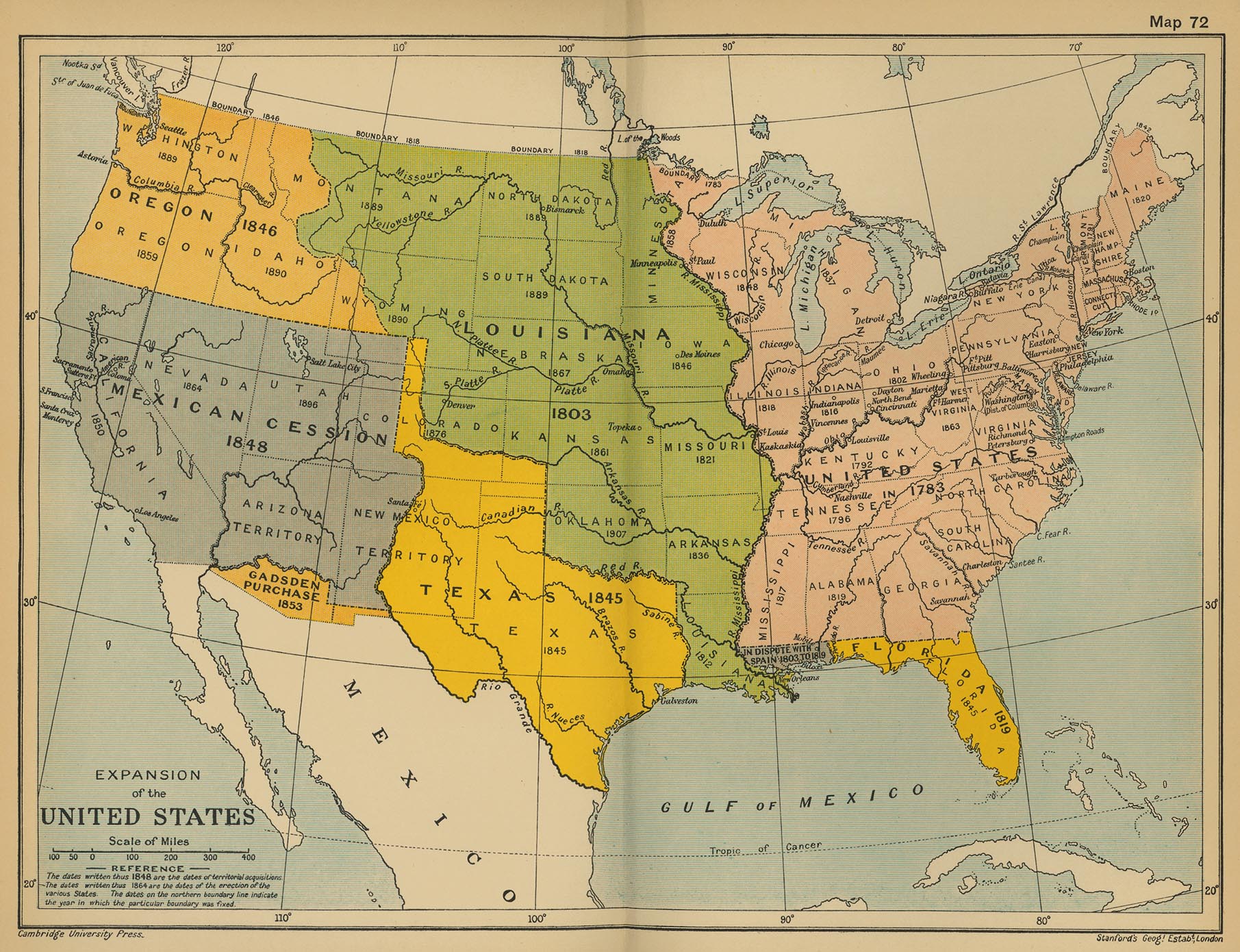Assess Students' Work
Formatively assessing students’ reading, writing, and thinking is at the heart of great teaching. Zoom In assessment tools help you give students relevant and actionable feedback at key intervals within each lesson.
1. Monitor your class's progress through the lesson
The Notes Overview page shows at a glance how far along students are in reading the documents. The colors and numbers tell you how many questions students have answered for each document. Dark blue means complete.
The three students above have answered all the questions for context and the “Bloody Massacre” document. Javier is almost done taking notes on the “Boston, Massachusetts” document, while Anthony and Carlos have just begun.
2. Formatively assess student notes
To see how well students understand what they’re reading, click on the title of a document and then one of the questions. The Big Idea question is a good place to quickly assess which students have grasped the main idea of a document and which might be struggling. (Remember, you can always click on the “How do I use this page?” for detailed instructions for each component of the Zoom In Teacher Backend.)

3. Score and comment on students' draft essays
Zoom In lessons culminate in draft essays, which you can assess using a Historical Thinking and Writing Rubric aligned to Common Core, C3, and other new standards. The rubric’s purpose is not grading but rather giving formative feedback that students can use to revise their essays and in future lessons. We recommend choosing two or three domains of the rubric to focus your feedback on — for example, Thesis, or Selecting Evidence. This helps make growth more manageable for your students, and assessment more manageable for you.
4. Monitor your class' writing and skill development
Like the Notes Overview Page, the Writing Overview page allows you to view student progress during the writing process. Once you’ve assessed your students’ work, you can view the ratings you have given each student for each domain of the rubric. Use these data to notice trends and patterns across your whole class or to focus on student growth across lessons. 

WHAT THEY'RE SAYING:
"I learned the value of allowing students to explore primary source documents on their own. I think this independent exploration helped to hone their analysis skills."
—Kristy Craven, Eighth Grade Social Studies Teacher, Kentucky


